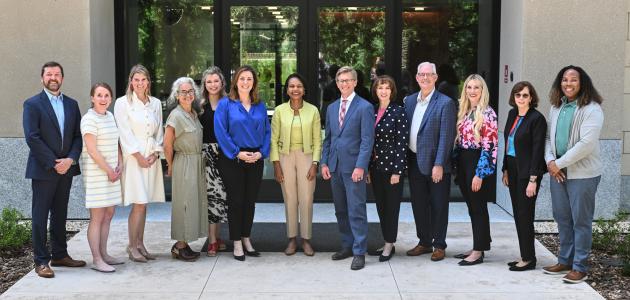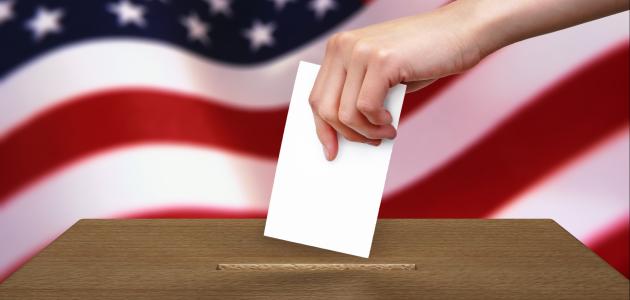In the third of a series of Hoover Institution-Knowledge Networks reports on the California primary election, both Senator John Kerry and Senator John Edwards led President Bush among registered voters likely to vote in the March 2 California Democratic primary.
Kerry led Bush 43 percent to 38 percent, while Edwards led Bush 44 percent to 37 percent. As expected, the results demonstrate that partisan loyalty is a key factor, overshadowing differences between the two Democratic candidates. Three-in-four Democrats support Kerry and Edwards over Bush, while four-in-five Republicans support Bush.
Senator John Kerry continued to lead John Edwards by more than a 2-to-1 margin. When given the actual presidential primary ballot, 49 percent of the respondents "voted" for Kerry, 22 percent for Edwards, with the rest divided among the remaining candidates listed on the ballot (even though in most cases these candidates have terminated their candidacies).
The third report included 162 interviews conducted with registered voters in California between February 27 and February 29 and included additional interviews with 505 registered voters conducted between February 23 and February 26. The survey was administered to a random adult sample of the Knowledge Networks web-enabled panel between February 23 and February 29. The analysis is based on interviews with 667 registered voters likely to vote in the primary election. The sampling margin of error is +/- 3.8 percentage points for the full sample and 4.5 percentage points for the analysis of the Democratic primary.
The poll was designed by Stanford University communications professor Shanto Iyengar and Stanford political science professors David Brady and Morris Fiorina, who also are Hoover Institution fellows, to learn more about voter attitudes and preferences as the California presidential primary approaches on March 2. They worked in concert with Knowledge Networks' vice president and managing director Michael Dennis on the administration of the survey and analysis of the results.
This is the final of three surveys prior to the California primary. The results of the first survey were released on February 18, and the second set of results was released on February 27.
Methodological Note
The poll was conducted using the Knowledge Networks web-enabled panel, which provides a representative sample of Californian households (see http://www.knowledgenetworks.com/ganp).
The survey results were weighted to U.S. Census population benchmarks for adults residing in the State of California in terms of age, race/ethnicity, education obtainment, and urban/rural, and to the California Secretary of State records for political party identification.














